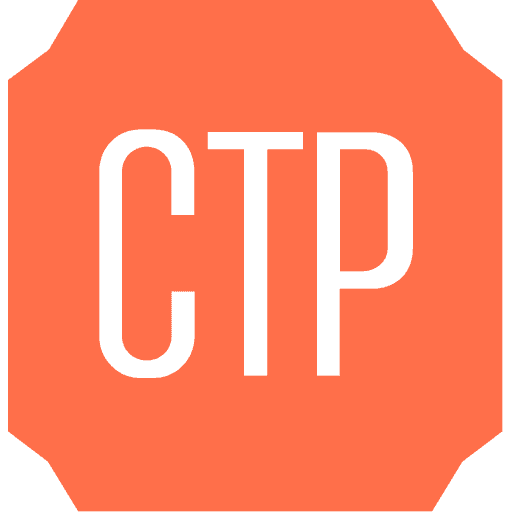As 2025 unfolds, public relations and advertising find themselves at the intersection of rapid technological advancements, changing consumer expectations and dynamic media environments. To succeed, professionals must stay ahead of emerging trends and evolve their approaches to address new opportunities and challenges.
Following are four trends that we think will shape these two industries, as well as how they must be approached.
The Transformation of Media Consumption
The media has been undergoing a significant transformation driven by the democratization of content creation, the rise of influencer culture and the power of personal branding. In 2025, media consumption will continue to shift from being predominantly organization-led to increasingly individual-led, reshaping how information is created, shared and consumed. Institutional outlets, like The Washington Post, are downsizing, while non-traditional platforms like Substack, newsletters and YouTube are empowering individuals to become their own media properties, sharing their insight directly with people.
Podcasts exemplify the shift toward relatable, accessible voices, as seen during last year’s election race, where they played a pivotal role in shaping public opinion and overshadowing traditional media outlets. The popularity of podcasts speaks for itself: 67% of U.S. consumers listened to podcasts in 2024, and 75% of B2B decision-makers listen to podcasts, according to a study done in 2023.
Brands and industry professionals must focus on identifying and engaging with media that are truly driving influence with key audiences and leveraging these platforms to reach people at different times and in different ways.
The Rise of Niche Social Media Platforms
The social media landscape is splintering, as audiences explore alternatives to mainstream platforms. There could be continued disruption in social media in 2025 based on two key factors: 1) What happens with TikTok and its 170 million U.S. users? 2) Is there enough momentum for another platform to rise alongside, or even replace X, as a destination for news and commentary?
The former is still in flux with the government. Although the app remains available to users (for now), in defiance of the TikTok ban, users are migrating to apps like Red Notes or Lemon8 in search of a platform that emulates TikTok’s je ne sais quoi, regardless of potential pitfalls. The latter depends on consumer tastes. Bluesky has emerged as a “safe haven” for individuals who are searching for new platforms that aren’t filled with political discourse. Either way, this segmentation will create both challenges and opportunities for brands. To stay ahead:
- Reassess your social strategy. Where are your audiences spending their time? Are you targeting new demographics or deepening engagement with existing ones?
- Optimize your presence. Consider whether you need to expand your footprint to multiple platforms or double down on those that align with your audience’s preferences.
Brands that embrace these shifts with targeted, platform-specific campaigns will stand out. The key lies in meeting audiences where they are—not where they used to be.
Thought Leadership Takes Center Stage
Thought leadership will be more important than ever in 2025. The increasingly complex and fast-paced digital landscape demands credible, insightful voices to guide decision-making, build trust with customers and differentiate businesses by offering original perspectives. An overwhelming 73% of B2B decision-makers say that an organization’s thought leadership content is a more trustworthy basis for assessing capabilities and competencies than its marketing materials and product sheets. People don’t want to hear from brands, but leaders. To put it plainly, thought leadership can help to build credibility, foster trust and position leaders as reliable sources in their field, leading to greater influence and business opportunities.
Although thought leadership has been a staple in corporate communications, what makes 2025 different is that AI is going to play an even more expansive role in creating a communications overload—a lot of which will be a regurgitation of the same information. Really strong thought leadership can break through this oversaturation with real, authentic and unique opinions that help an individual and company to stand out.
AI’s Expanding Role
AI continues to revolutionize day-to-day operations in advertising and public relations. In 2025, AI will push beyond basic automation to reshape content creation, efficiency, scale, personalization and analysis. AI tools enable us to tailor messages to regional dialects and cultural nuances. Programs like Adobe Firefly and Runway create platform-specific edits that dynamically fill gaps in footage, remove unwanted elements and automate versioning to streamline workflow and reduce production costs. AI extensions can accelerate data analysis or determine sentiment in minutes.
By leveraging AI tools, small to mid-size businesses can more easily compete with larger players by delivering high-quality, polished content. A word to the wise: there must be balance between the human touch and technology. Make sure AI is used as a tool, not as the final solution. As 2025 unfolds, success lies in adapting with agility and purpose, forging deeper connections and telling meaningful stories.

